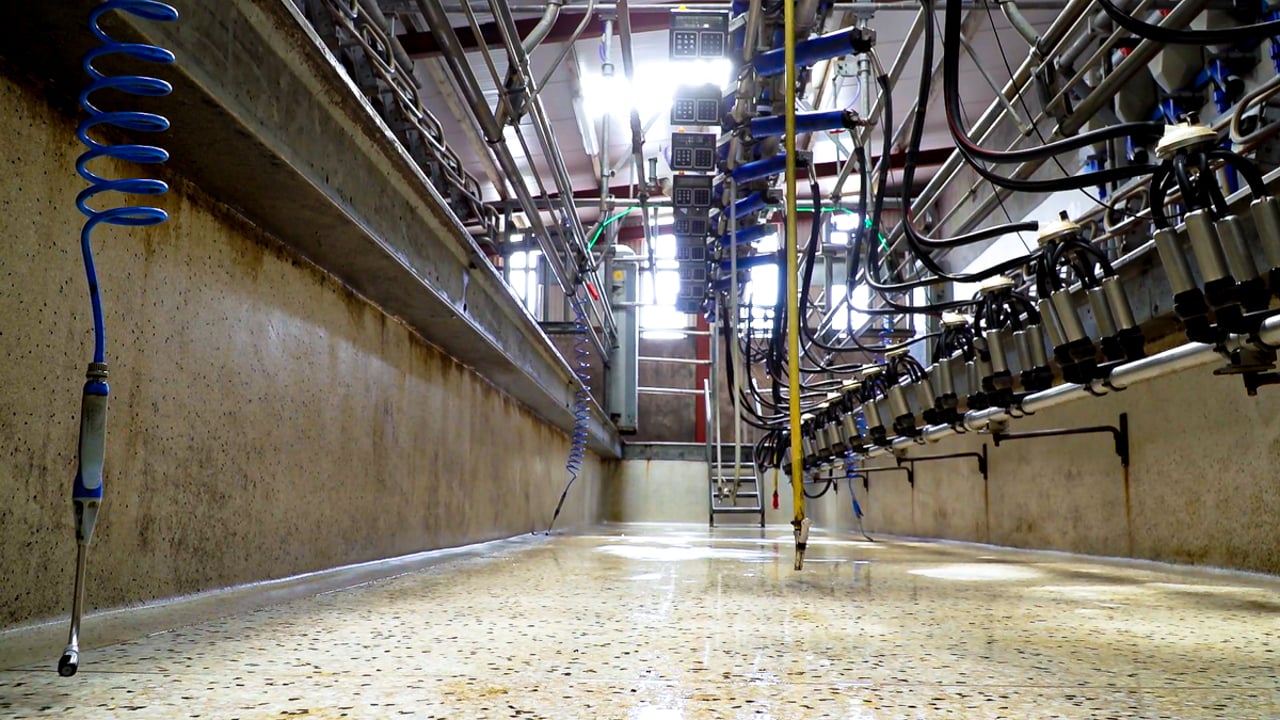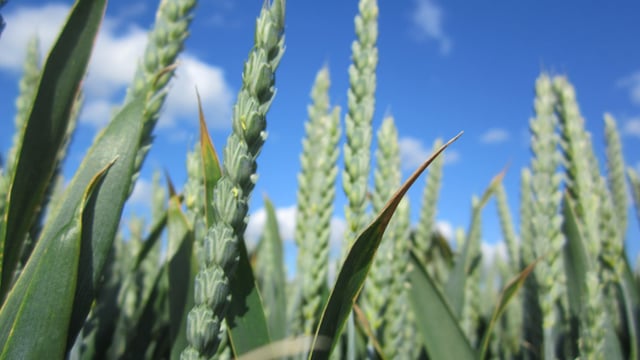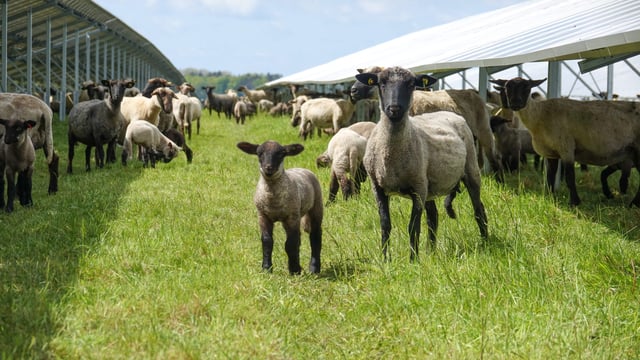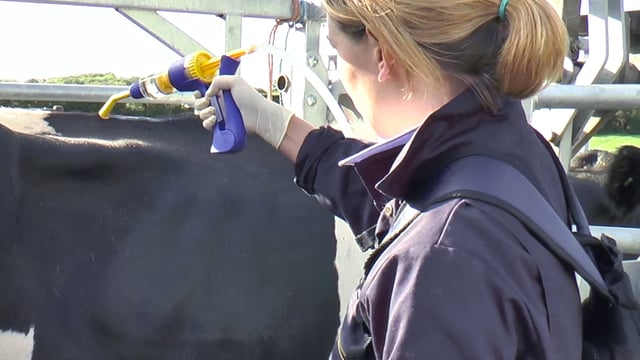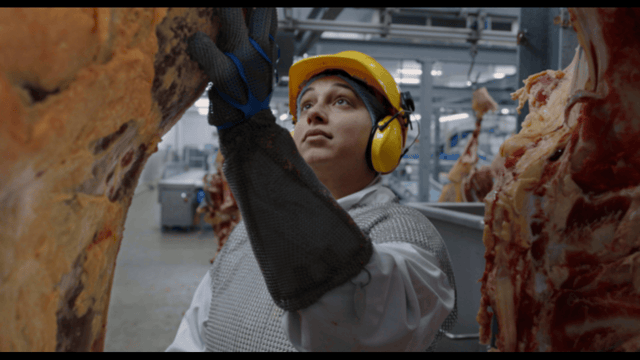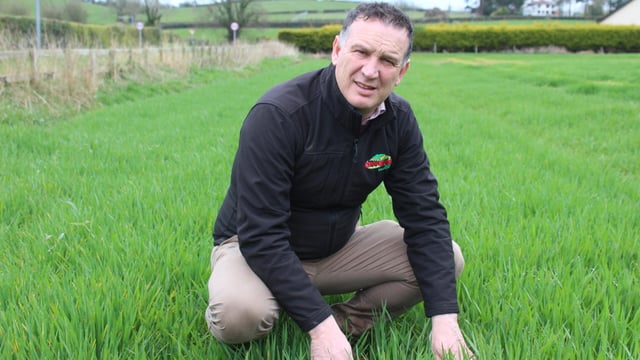GDT makes it 6 decreases in a row after latest trading event
The Global Dairy Trade (GDT) index has decreased for the sixth consecutive occasion after the latest trading event today (Tuesday, November 4).
The index fell back by a further 2.4%, for an average price of €3,273 per metric tonne (mt) of product sold.
The index figure now sits at 1,135, the lowest figure since August of 2024.
The current run of decreases in the GDT index (which is updated every two weeks) stretches back to August 19, when the index fell by 0.3%.
That was followed by a decrease of 4.3% for the next index update on September 2.
Furthermore, of the 12 most recent GDT trading events back to May 20, the index has only increased on two occasions, the larger of which was 1.1% on July 15.
39,508mt of product was sold at the today's auction, which lasted for two hours and 16 minutes and 19 bidding rounds.
146 bidders participated, with 112 winning bidders emerging across the event.
Looking at the product sub-indices, cheddar took the biggest hit, falling by 6.6%, reflecting a price of €3,864/mt.
Butter also took a notable stumble, falling by 4.3% for a price of €5,533/mt.
Decreases in index were also noted for anhydrous milk fat (AMF), which fell by 1.9%, and whole milk powder (WMP), which fell back by 2.7%.
These figures reflected prices of €5,981/mt and €3,042/mt respectively.
Two products on offer at today's event recorded increases in their sub-indices.
Butter milk powder (BMP) increased by 1% for a price of €2,439/mt; while mozzarella increased by 1.6% for a price €2,871/mt.
Skim milk powder (SMP) did not record any percentage change one way or the other, which resulted in a price of €2,222/mt.
Lactose, meanwhile, was not offered at this GDT trading event.
Milk price pressure
This current run of decreases in the GDT index has coincided with sharp decreases in the milk prices paid to farmers in Ireland, with many prices falling south of 45c/L.
This is at the same time that production costs for Irish dairy farmers are estimated to average 42c/L for 2025, according to ifac.
Ifac arrived at that figure based on analysis of its client accounts for the first nine months of the year.
In light of this, Phillip O'Connor, head of financial supports at ifac, said: "The time for financial planning is now, not when cash flow problems have already emerged.
"Farmers need to develop detailed cash flow forecasts immediately, projecting monthly milk income at various price scenarios against fixed commitments like loan repayments and operational expenses," O'Connor said.

